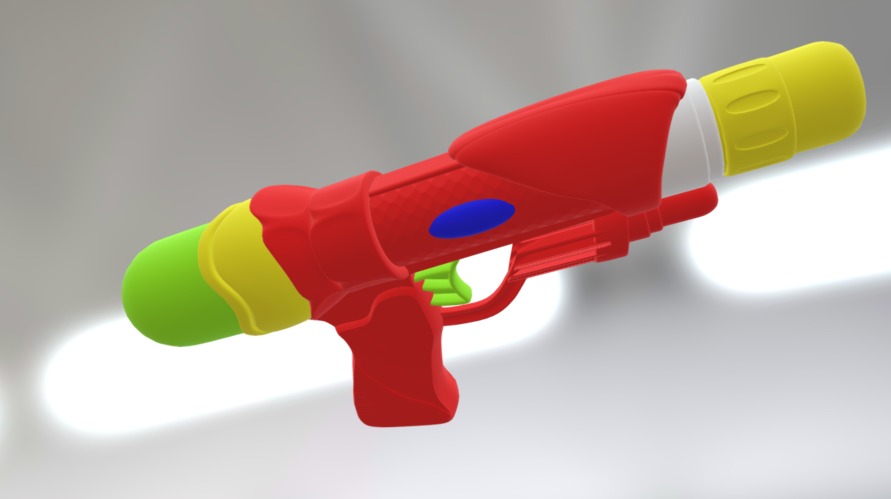Dynamic play environments refer spaces designed play that
Dynamic play environments refer spaces designed play that
Blog Article

### Understanding Dynamic Play Environments
Dynamic play environments refer to spaces designed for play that are adaptable, engaging, and promote active participation among children. These environments encourage exploration, creativity, and physical activity, making them essential in fostering developmental skills in children. In this overview, we will delve into the definition of dynamic play environments, their key characteristics, design principles, benefits, and examples.
#### Definition of Dynamic Play Environments
At its core, a dynamic play environment is a setting that offers a variety of play opportunities that can change and evolve based on the children's interactions. Unlike traditional playgrounds with fixed equipment, these environments are characterized by their flexibility and the ability to support various types of play, including physical, imaginative, and social play. Dynamic play environments often incorporate elements that can be rearranged or modified, allowing children to engage in diverse activities while encouraging creativity and problem-solving.
#### Key Characteristics
1. Flexibility: Dynamic play environments are designed to accommodate various play styles. This flexibility allows children to engage in different activities, such as climbing, sliding, or imaginative play, based on their interests and developmental stages.
2. Interactive Elements: These spaces often include interactive play spaces equipped with features that require cooperation and collaboration. For example, communal climbing structures or large sandboxes promote social interaction and teamwork among children.
3. Natural Components: Many dynamic play environments integrate natural elements, such as trees, rocks, and water features, into their design. These components can stimulate sensory experiences and connect children with nature, fostering an appreciation for the environment.
4. Varied Terrain: The topography of these environments can include hills, slopes, and uneven surfaces, which provide different levels of challenge and encourage gross motor skill development. Children can navigate these varied terrains, enhancing their balance and coordination.
#### Design Principles
Creating a dynamic play environment involves several key design principles:
1. Inclusivity: Designing for all children, including those with disabilities, ensures that dynamic play environments are accessible. This can involve incorporating adaptive equipment and ensuring pathways are clear and navigable.
2. Safety: Safety is paramount in any play space. Using impact-absorbing materials, ensuring proper spacing between equipment, and maintaining visibility for supervision are crucial aspects of safe design.
3. Engagement: Engaging environments stimulate children’s imaginations. Incorporating themes, varied textures, and colors can enhance the sensory experience, making play more enjoyable and immersive.
4 Learn more about dynamic play environments. Community Input: Involving the community in the design process can lead to spaces that reflect local needs and preferences. Gathering feedback from parents, educators, and children can inform the development of features that are most appealing.
#### Benefits of Dynamic Play Environments
Dynamic play environments offer numerous benefits for children's development:
1. Physical Development: Active play promotes physical fitness and helps develop motor skills. Children engage in climbing, running, and jumping, which support muscle development and coordination.
2. Social Skills: Interactive play spaces encourage children to work together, share ideas, and resolve conflicts. This social interaction builds essential communication skills and fosters friendships.
3. Cognitive Growth: Engaging with diverse play elements challenges children to think critically and creatively. Problem-solving during play enhances cognitive abilities and encourages independent thinking.
4. Emotional Well-Being: Play is vital for emotional regulation. Dynamic environments allow children to express their emotions, take risks, and explore their identities in a safe setting.
#### Examples of Dynamic Play Environments
1. Adventure Playgrounds: These spaces often feature loose parts, such as logs and ropes, that children can manipulate to create their own play experiences. This encourages creativity and risk-taking.
2. Nature Play Areas: Integrating natural elements like boulders, water, and plant life allows children to engage with their environment. These areas can include trails for exploration and spaces for imaginative play.
3. Community Parks: Well-designed community parks may include various interactive play spaces, such as climbing walls, splash pads, and open fields for games. These parks can host organized activities and unstructured play.
In conclusion, dynamic play environments are vital in promoting holistic child development. By embracing flexibility, interactivity, and community involvement in their design, these spaces can provide enriching experiences that enhance physical, social, cognitive, and emotional growth, ultimately laying the foundation for healthy development in children.
Report this page